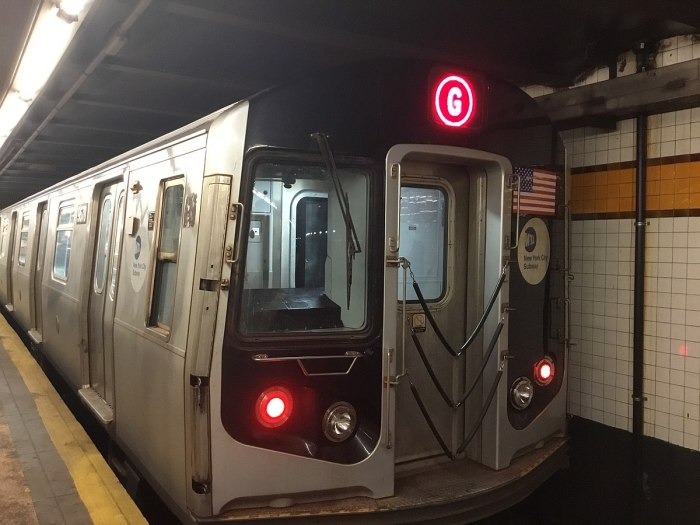In 1987, the Irish Voice might have had 14 pages of ads from Irish bars, says its publisher. Now there’s often one.
The Urdu Times once made between $15,000 and $20,000 a month in revenue in its East Coast edition. That’s dropped to $4,000 or $5,000.
Approximately 1.8 million New Yorkers speak little or no English, and they often get their news from one of more than 90 ethnic newspapers published in more than 35 languages, according to the Center for Community and Ethnic Media at the CUNY Graduate School of Journalism. Many of the outlets, with small staffs and readerships, are struggling to stay afloat.
One of the largest and most powerful of these papers is El Diario-La Prensa. The 103-year-old Spanish-language daily has come on hard times and just laid-off nearly half its staff.
The paper’s troubles led to an unusual situation this week: On Wednesday, El Diario was the subject of a City Hall rally and hearing, on how the city can support so-called ethnic media to maintain lines of communication with immigrant communities.
Should the city support ethnic media?
“We believe this is more than a business, but an institution,” says Manuel Avendano, an El Diario editor whose last day is today.
Avendano wrote his first newspaper article for the North Jersey Herald-News in 1985, about the difficulties of Hispanic immigrants acclimating to life in the Garden State. As mass-market publications cut back, these were the kinds of local, Latino-focused stories that El Diario published and others missed.
Avendano says that in his early days at El Diario it was “closer to the community,” doing in-depth coverage of police brutality, housing andimmigration.
El Diario is “part of the history of New York,” says Angelo Falcón, president of the National Institute of Latino Policy and a frequent observer and critic of the paper.
The paper was at one point “a political powerhouse,” he says, whose endorsement political figures would go to great lengths to obtain. Now it’s become “fairly irrelevant,” he says.
Efforts to reach new populations have not halted declining sales, and layoffs have continued: there are now only two reporters left.
But the City Council doesn’t hold hearings every time The New York Times or Daily News lets reporters go, or change their business strategies. This week, council members argued that El Diario and ethnic media outlets like it were necessary to reach New Yorkers who otherwise wouldn’t be reached at all.
The hearing investigated how the city could better communicate with these papers. Karen Pennar of the Center for Community and Ethnic Media testified that editors seek more access to city officials, and a larger share of ad buys from the city. With $20 million spent on publication ad buys over the last three years, according to a comptroller and Brooklyn borough president report, only 13 percent went to ethnic media.
The ad buys are the key and also a touchy subject.
City ads announcing programs like IDNYC or ThriveNYC should reach as many people as equitably as possible, but should they really be redirected to prop up a newspaper?
That’s not the stated intention, but it raises the question of what purpose the city thinks ethnic newspapers serve — are they organs of communication from the city to immigrant populations? Or gatherers of information about issues that affect non-English speaking communities — and representatives of constituencies that politicians seek to win?
What would make a difference?
A database of ethnic media, meant to streamline communication lines between city officials and outlets, was announced this week by the mayor and council speaker. While this is helpful, it’s not much more than intern work.
“Money is what talks,” said Council member Antonio Reynoso at the hearing.
Milton Allamadi, publisher of Black Star News, says that more equitable distribution of ad buys would be fair and helpful, if it really happens. “A good time to start would be February,” he says in an email. “Black History Month.”
But he says it wouldn’t change Black Star News’s work.
“We would rather lose the advertising than self-censor or tone down journalism.”
This is amExpress, the conversation starter for New Yorkers.






























